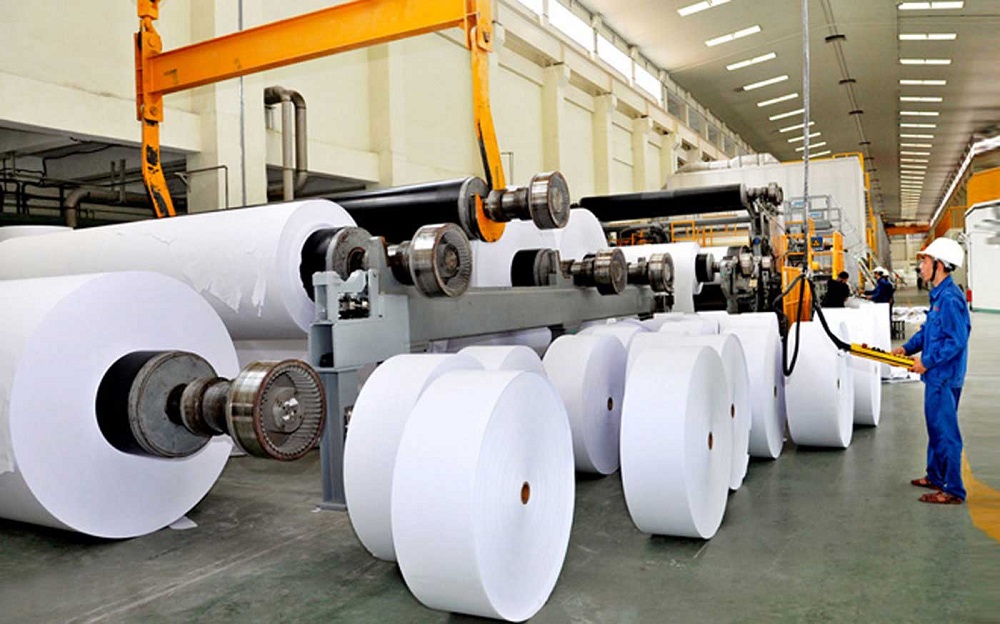Policy rates may fall even further
According to economists Brian Lee Shun Rong and Chua Hak Bin from Maybank Group, the State Bank of Vietnam (SBV) has maintained accommodative policy through the first half of 2025 and may consider a 25-basis-point policy rate cut in 3Q2025 if FED begins loosening monetary policy.

Upgraded GDP Growth Forecast
Vietnam’s GDP expanded by 7.5% in the first half of 2025, including a notable 8% growth in the second quarter. Given this performance, the full-year growth rate is now projected at 7.3%, with a slight moderation to around 7% expected in the second half of the year.
Exports to the U.S. remained a key driver in May, consistent with expectations of frontloading ahead of a 90-day tariff deadline. Exporters remain optimistic about third-quarter performance, while disbursed foreign direct investment (FDI) rose by 8.1% in the first half and is likely to remain strong in the second half of the year.
Despite expected headwinds from higher U.S. tariffs and weakening consumer demand, any slowdown in exports and manufacturing is projected to be modest compared to the sharp downturn experienced from late 2022 to 2023.
In Brian Lee Shun Rong and Chua Hak Bin's opinion, three key factors support this assessment:
First, tariff flexibility: The proposed 20% U.S. tariff allows exporters some room to adjust without major disruption. A potential 40% tariff on re-exports is not expected to have a significant impact, as it would likely apply only to rerouted finished goods. Any new local content requirements above the current 30% threshold are likely to be phased in gradually, minimizing shocks to supply chains involving U.S. multinationals.
Second, improved U.S. market conditions: The current inventory cycle and consumer sentiment in the U.S. differ substantially from the 2022–2023 period. Back then, excessive stockpiling and a shift in consumption toward services led to a sharp drop in orders. In contrast, current inventory buildup remains limited and less likely to result in a similar pullback in imports.
Third, strong FDI inflows: Robust FDI is expanding production capacity and supporting export resilience. Vietnam’s relatively lower tariffs compared to China continue to attract investment from manufacturers looking to supply the U.S. market. In 2023, exports declined by 4.6% and FDI growth slowed to 3.5% (down from 13.5% in 2022). In contrast, disbursed FDI rose 8.1% in the first half of 2025, with continued strength anticipated.
Domestic Growth Drivers
In addition to external trade, domestic factors continue to provide strong support for economic expansion. Public investment is expected to accelerate in the second half as the central government pushes to fully disburse the annual plan of VND 875 trillion. Enhanced coordination and the release of implementation guidelines are key to this effort.
As of mid-year, VND 268.1 trillion had been disbursed—30.6% of the full-year target and 42% higher than the same period last year. This rate exceeds the typical 27–29% mid-year benchmark. Major infrastructure projects include the North–South Expressway (Phase 2), Ho Chi Minh City Ring Road 3, Ring Road 4, and Long Thanh International Airport (Phase 1).
Public investment is estimated to contribute 1.9 percentage points to GDP growth in 2025, a substantial increase from 0.3 points in 2024.
"Household consumption is also projected to remain buoyant, supported by a strong labour market and improved economic sentiment, underpinned by government support policies. A steady rebound in tourism is expected to further stimulate sectors such as hospitality, food services, and retail," said Brian Lee Shun Rong and Chua Hak Bin.
Rate Cuts Still in Play
The SBV has tolerated modest depreciation of the Vietnamese dong to preserve a low interest rate environment and support credit growth. The central USD/VND exchange rate has been adjusted downward, with market rates approaching the upper limit of the trading band.
In June, inflation edged up but remained within the SBV’s target range. Headline inflation rose to 3.6%, up from 3.2% in May, while core inflation increased to 3.5% from 3.3%. The housing and construction materials category led price gains, rising 7.2% due to a 5% increase in residential electricity prices. Transportation costs fell by 1.9% year-on-year, a smaller decline than the 5.7% drop in May, as fuel and railway prices climbed.

Looking ahead, Brian Lee Shun Rong and Chua Hak Bin said headline inflation would be expected to remain contained, supported by subdued imported inflation—thanks to declining global oil prices and deflationary pressure from China—as well as domestic measures including the continued 2% VAT reduction and tuition fee exemptions. These policies are anticipated to offset inflationary pressures from pork, electricity, healthcare, and rent.
Inflation forecasts for 2025 and 2026 have been slightly revised upward to 3.2% (from 2.9%) and 3.2% (from 3.0%), respectively, in line with improved growth expectations.
"The SBV has maintained accommodative policy through the first half of 2025 and may consider a 25-basis-point rate cut in the third quarter if the U.S. Federal Reserve begins loosening monetary policy. This move would reduce pressure on the exchange rate and further stimulate domestic credit. Credit growth has accelerated significantly, from 12.4% at the start of the year to an estimated 18.9% in June (with SBV data indicating a 9.9% increase)", Brian Lee Shun Rong and Chua Hak Bin forecasted.








